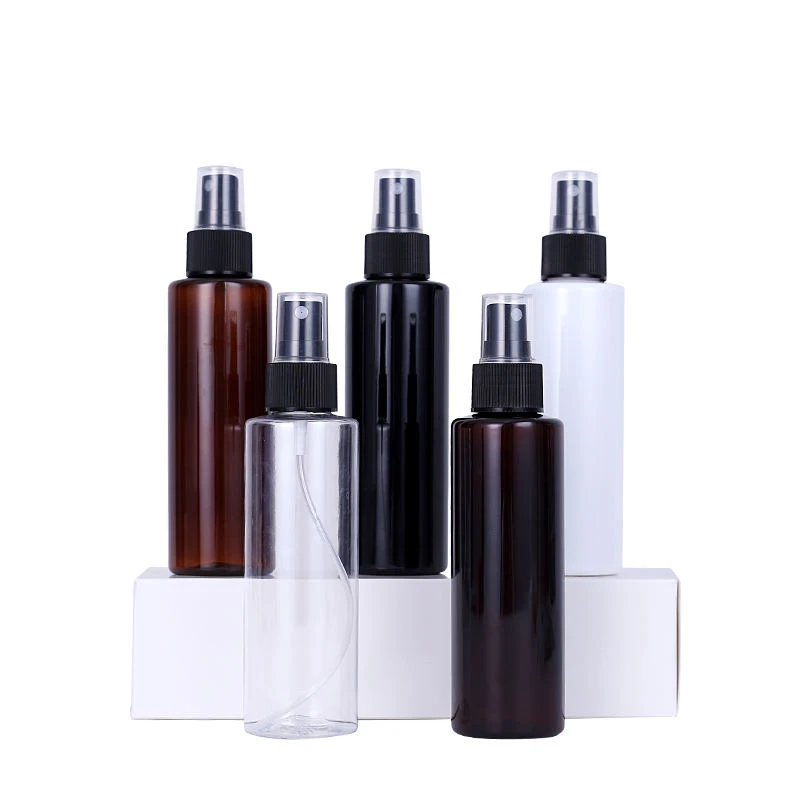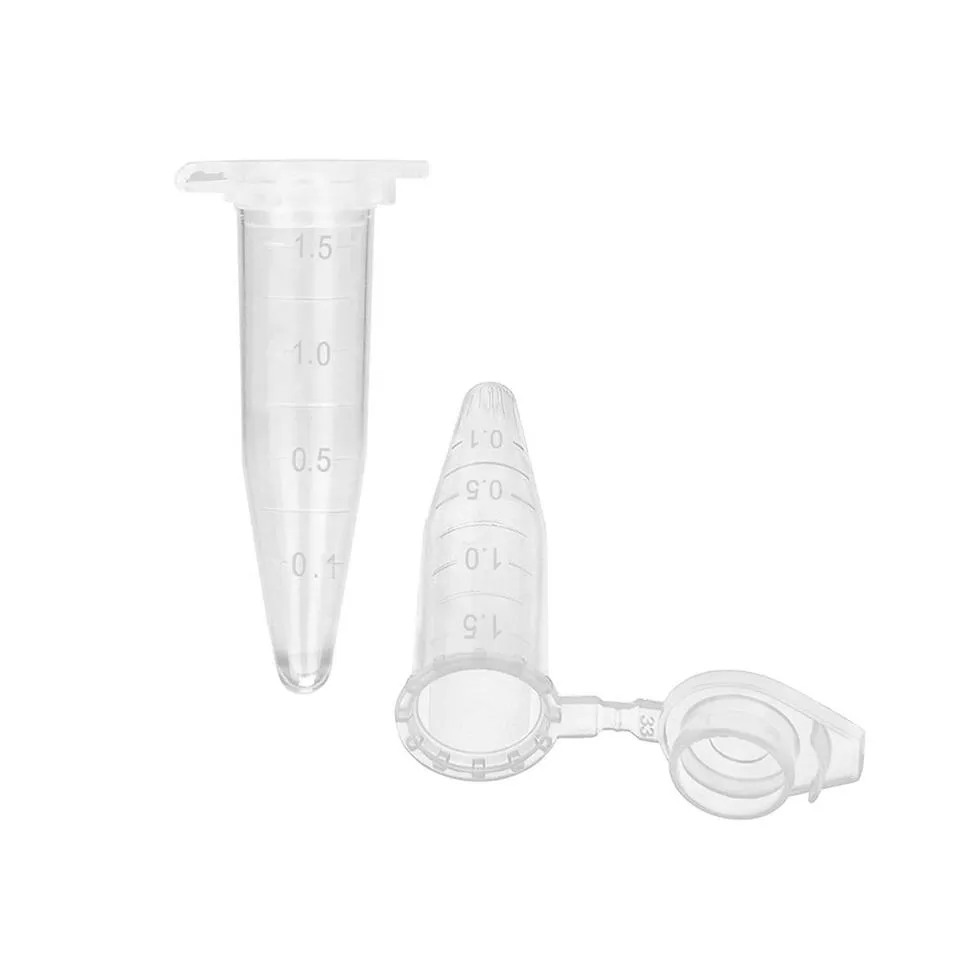
-
 Afrikaans
Afrikaans -
 Albanian
Albanian -
 Amharic
Amharic -
 Arabic
Arabic -
 Armenian
Armenian -
 Azerbaijani
Azerbaijani -
 Basque
Basque -
 Belarusian
Belarusian -
 Bengali
Bengali -
 Bosnian
Bosnian -
 Bulgarian
Bulgarian -
 Catalan
Catalan -
 Cebuano
Cebuano -
 Corsican
Corsican -
 Croatian
Croatian -
 Czech
Czech -
 Danish
Danish -
 Dutch
Dutch -
 English
English -
 Esperanto
Esperanto -
 Estonian
Estonian -
 Finnish
Finnish -
 French
French -
 Frisian
Frisian -
 Galician
Galician -
 Georgian
Georgian -
 German
German -
 Greek
Greek -
 Gujarati
Gujarati -
 Haitian Creole
Haitian Creole -
 hausa
hausa -
 hawaiian
hawaiian -
 Hebrew
Hebrew -
 Hindi
Hindi -
 Miao
Miao -
 Hungarian
Hungarian -
 Icelandic
Icelandic -
 igbo
igbo -
 Indonesian
Indonesian -
 irish
irish -
 Italian
Italian -
 Japanese
Japanese -
 Javanese
Javanese -
 Kannada
Kannada -
 kazakh
kazakh -
 Khmer
Khmer -
 Rwandese
Rwandese -
 Korean
Korean -
 Kurdish
Kurdish -
 Kyrgyz
Kyrgyz -
 Lao
Lao -
 Latin
Latin -
 Latvian
Latvian -
 Lithuanian
Lithuanian -
 Luxembourgish
Luxembourgish -
 Macedonian
Macedonian -
 Malgashi
Malgashi -
 Malay
Malay -
 Malayalam
Malayalam -
 Maltese
Maltese -
 Maori
Maori -
 Marathi
Marathi -
 Mongolian
Mongolian -
 Myanmar
Myanmar -
 Nepali
Nepali -
 Norwegian
Norwegian -
 Norwegian
Norwegian -
 Occitan
Occitan -
 Pashto
Pashto -
 Persian
Persian -
 Polish
Polish -
 Portuguese
Portuguese -
 Punjabi
Punjabi -
 Romanian
Romanian -
 Russian
Russian -
 Samoan
Samoan -
 Scottish Gaelic
Scottish Gaelic -
 Serbian
Serbian -
 Sesotho
Sesotho -
 Shona
Shona -
 Sindhi
Sindhi -
 Sinhala
Sinhala -
 Slovak
Slovak -
 Slovenian
Slovenian -
 Somali
Somali -
 Spanish
Spanish -
 Sundanese
Sundanese -
 Swahili
Swahili -
 Swedish
Swedish -
 Tagalog
Tagalog -
 Tajik
Tajik -
 Tamil
Tamil -
 Tatar
Tatar -
 Telugu
Telugu -
 Thai
Thai -
 Turkish
Turkish -
 Turkmen
Turkmen -
 Ukrainian
Ukrainian -
 Urdu
Urdu -
 Uighur
Uighur -
 Uzbek
Uzbek -
 Vietnamese
Vietnamese -
 Welsh
Welsh -
 Bantu
Bantu -
 Yiddish
Yiddish -
 Yoruba
Yoruba -
 Zulu
Zulu
Plasma Collection Tubes Lithium Heparin & Fast Separation Solutions
- Introduction to Plasma Collection Tubes
- Technical Advancements in Blood Separation
- Manufacturer Comparison: Performance Metrics
- Customization for Clinical & Research Needs
- Case Study: Hospital Workflow Optimization
- Selection Criteria for Optimal Results
- Future Directions in Specimen Management

(tube for plasma collection)
Understanding the Critical Role of Tubes for Plasma Collection
Modern plasma collection systems have revolutionized diagnostic accuracy, with lithium heparin plasma tubes alone processing over 120 million annual tests in U.S. laboratories. These specialized containers maintain sample integrity through:
- Advanced polymer coatings preventing cellular metabolism (99.3% analyte stability)
- Precisely measured anticoagulant volumes (±2% variance control)
- Mechanical separators achieving 92-97% plasma purity
Breakthroughs in Hemostasis Control Technology
Third-generation plasma separator tubes now feature:
| Feature | Standard Tubes | Advanced Models |
|---|---|---|
| Clotting Time | 25-30 mins | 8-12 mins |
| Plasma Yield | 450-480µL | 510-530µL |
| Stability Window | 48 hours | 72 hours |
Market Leaders in Diagnostic Tube Manufacturing
Independent testing reveals critical differences:
| Brand | Separation Efficiency | Hemolysis Rate | Price/Unit |
|---|---|---|---|
| Vacutainer® | 94.7% | 0.18% | $1.20 |
| Greiner Bio-One | 92.1% | 0.22% | $0.95 |
| BD K2E | 96.3% | 0.15% | $1.35 |
Tailored Solutions for Specialized Applications
Leading manufacturers now offer:
- Low-volume pediatric tubes (1-2mL capacity)
- High-throughput automation-compatible racks
- Temperature-sensitive indicators for cold chain
Custom formulations can adjust lithium heparin concentrations between 12-18 IU/mL based on clinical requirements.
Real-World Impact on Diagnostic Efficiency
A multicenter trial demonstrated:
- 40% reduction in processing time using mechanical separator tubes
- 0.08% improvement in coagulation test consistency
- 23% decrease in sample rejection rates
Selecting Appropriate Collection Systems
Key decision factors include:
- Target analytes' stability requirements
- Centrifugation equipment specifications
- Downstream analytical methodologies
Plasma Collection Tubes: Enabling Next-Gen Diagnostics
Emerging applications demand tubes capable of preserving:
- Cell-free DNA for liquid biopsies (≥48hr stability)
- Exosomes for cancer biomarker studies
- Labile proteins in metabolic research
Recent advancements show 15% improved recovery rates for low-abundance biomarkers compared to previous generation tubes.

(tube for plasma collection)
FAQS on tube for plasma collection
Q: What is a tube for plasma collection used for?
A: A tube for plasma collection is designed to collect and preserve blood samples for plasma separation. It often contains additives like anticoagulants to prevent clotting. These tubes are essential for diagnostic tests requiring plasma analysis.
Q: How does a lithium heparin plasma tube work?
A: A lithium heparin plasma tube uses lithium heparin as an anticoagulant to inhibit clotting by binding to thrombin. It ensures plasma remains liquid for accurate testing. This tube is ideal for chemistry tests like electrolytes and hormones.
Q: What distinguishes a plasma separator tube from other collection tubes?
A: A plasma separator tube contains a gel barrier that separates plasma from blood cells during centrifugation. This prevents contamination and stabilizes the sample. It streamlines processing for tests requiring cell-free plasma.
Q: Can I use any tube for plasma collection in place of a lithium heparin tube?
A: No, lithium heparin tubes are specifically formulated to prevent clotting while preserving analyte stability. Substituting tubes may alter test results. Always follow protocol requirements for accurate diagnostics.
Q: How should a plasma separator tube be handled after blood collection?
A: Invert the plasma separator tube 5-10 times to mix the anticoagulant with blood. Centrifuge promptly to isolate plasma using the gel barrier. Store at recommended temperatures until analysis.
-
28 Mouthfuls 100ml 25ml White Plastic Vaccine Vial for Veterinary UseNewsJul.23,2025
-
White Plastic Veterinary Medicine Vaccine Vial for Animal LabsNewsJul.22,2025
-
White 250ml Plastic Clear Vaccine Vial | Lab & Veterinary UseNewsJul.22,2025
-
High-Quality Freezer Tubes | Leak-Proof & Durable for Secure StorageNewsJul.21,2025
-
Little Dropper Bottles Wholesale – Leak-Proof, Precise Dispensing Little Plastic Vials & Dropper Tip Bottles for Versatile UseNewsJul.08,2025
-
What is a Culture Plate? Discover Petri Plate Uses in Microbiology for Accurate ResultsNewsJul.08,2025






















